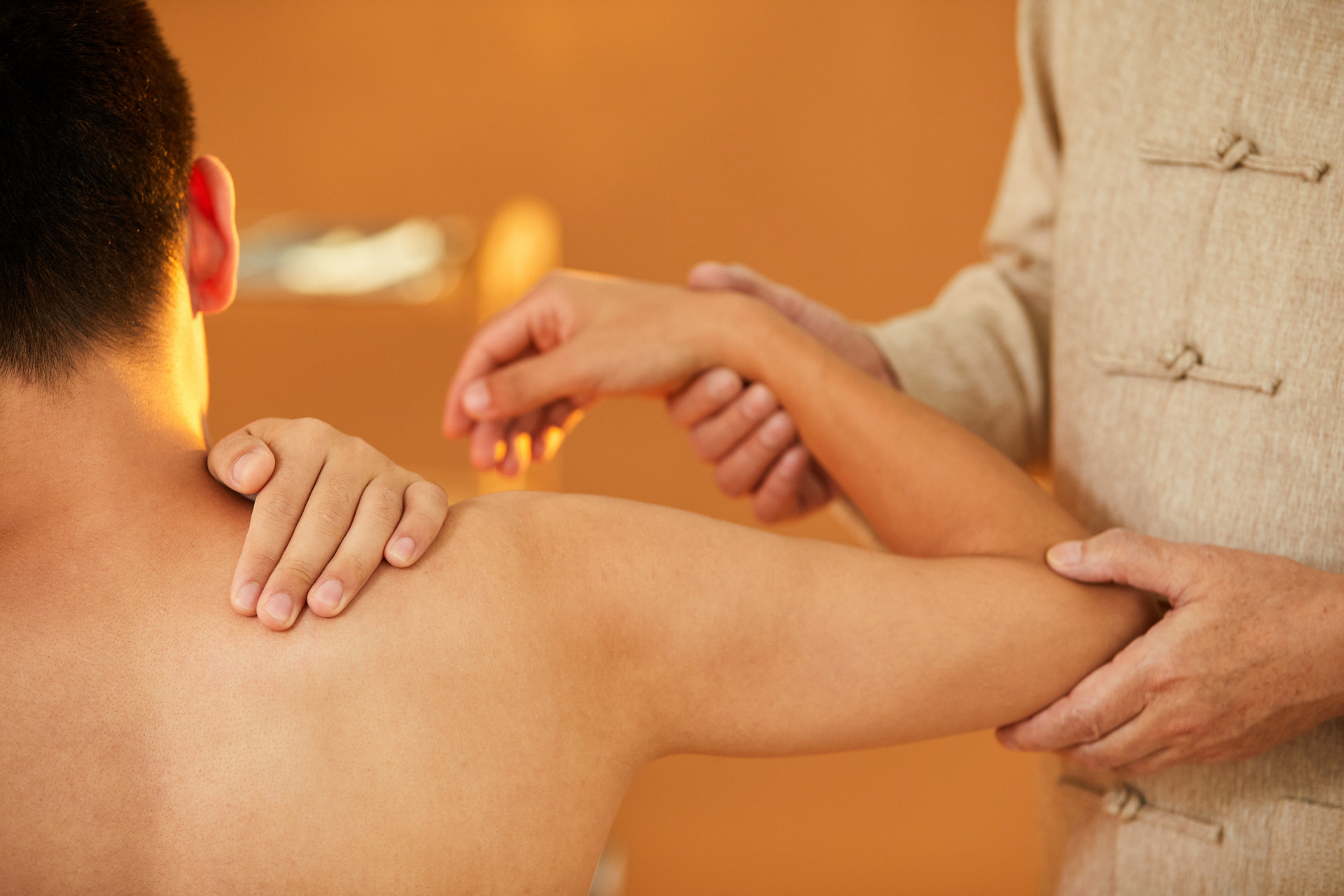Infant diarrhea is a common digestive disorder in infants characterized by increased frequency of bowel movements, abnormal stool shape, thin or watery consistency, and the presence of undigested food and mucus.
Infant diarrhea can occur throughout the year, with a higher incidence in the summer and autumn seasons. It is more common in children under 2 years old. If the condition is severe or not properly treated, it can affect the child's growth and development and even be life-threatening.
Etiology and Pathogenesis
1. Internal injury from diet
Infants have weak spleen and stomach function. Improper feeding (irregular feeding, excessive consumption of milk, sudden change in food nature, and unclean diet) can damage the spleen and stomach, leading to dysfunction in ascending and descending movements and digestion, resulting in diarrhea.
2. External pathogenic factors
Cold, heat, and dampness can all cause diarrhea, but dampness is the most common cause. Cold, heat, and dampness can often combine to cause disease. Invasion of cold, heat, and dampness, as well as damp-heat (entering from the surface or directly entering the interior), can damage the spleen and stomach, disrupt digestion, and cause the mixing of clear and turbid substances, leading to diarrhea.
3. Spleen and stomach weakness
Children have a vigorous vitality and rapid development, requiring relatively more food and qi. Therefore, the burden on the spleen and stomach is heavier, leading to insufficient spleen qi, which is an internal factor for the occurrence of diarrhea. Prolonged diet imbalance, constitutional deficiency, and prolonged illness can lead to deficiency of spleen yang, dysfunction in digestion and ripening of food and grains, and the diversion of food and grains directly to the large intestine, resulting in diarrhea.
Clinical Manifestations
1. Injury from diet
Abdominal pain and distension, large amount of diarrhea, sour and foul-smelling, often accompanied by undigested food residues, sour belching, thirst with reduced appetite, vomiting of sour urine, thick greasy yellow tongue coating, slippery and rapid pulse, fingerprints are stagnant and purple.
2. Cold-damp type
Stool is watery with a lot of foam, pale in color with a slight odor, abdominal rumbling and pain, pale complexion, clear and long urine, may be accompanied by chills and fever, nasal congestion and runny nose, thin white or white greasy tongue coating, slow and slippery pulse, fingerprints are red or pale red.
3. Damp-heat type (including summer dampness diarrhea)
Stomach pain followed by diarrhea, yellow-brown and hot-smelling stool, more than ten times a day, can be explosive and watery, or sticky and unsatisfactory. The anus is hot and red, with slight fever, restlessness, thirst, reduced urination with yellow color, red tongue, yellow greasy coating, slippery and rapid pulse, fingerprints are purple-red.
4. Spleen deficiency type
Long-lasting diarrhea, intermittent diarrhea, or diarrhea immediately after eating. The stool is clear and thin, or undigested grains with a large amount of milk curds and food residues. Diarrhea occurs several times to more than ten times a day, with loss of appetite, fatigue, open eyes during sleep, yellowish complexion and pale lips, pale tongue, thin white coating, weak and sinking pulse, fingerprints are pale red.
Chinese Massage Treatment
1. Treatment principles: Harmonize the spleen and stomach, transform dampness and stop diarrhea.
2. Massage techniques: Massage the Spleen Meridian, Large Intestine Meridian, circulate the Eight Trigrams internally, rub the abdomen, knead the navel, massage the Seven Joint Bones, rub the turtle tail.
3. Treatment methods: Massage the Spleen Meridian, Large Intestine Meridian, knead the navel, rub the abdomen - harmonize the spleen and stomach, assist in transforming dampness. Circulate the Eight Trigrams - regulate the middle burner, enhance the effects of other techniques. Massage the Seven Joint Bones, rub the turtle tail - regulate the middle burner and stop diarrhea.
4. Treatment modifications
(a) Injury from diet type: Add kneading Banmen, knead Zhongwan, knead Tianshu, use tonifying method for the Spleen Meridian, use clearing method for the Large Intestine Meridian to strengthen the spleen and promote digestion, regulate the fu organs and stop diarrhea.
(b) Cold-damp type: Add pushing Sanguan, knead Wailao Gong, use tonifying method for the Spleen Meridian and Large Intestine Meridian to strengthen the spleen and transform dampness, warm the middle burner and stop diarrhea.
(c) Damp-heat type (including summer dampness diarrhea): Add clearing Xiaochang, retreat the six fu organs, knead Tianshu, use purging method for the Spleen Meridian and Large Intestine Meridian to clear heat and transform dampness, regulate the fu organs and stop diarrhea.
(d) Spleen deficiency type: Add pushing Sanguan, pinch the spine, knead Zusanli, use tonifying method for the Spleen Meridian and Large Intestine Meridian to strengthen the spleen and nourish qi, stabilize the intestine and stop diarrhea.







